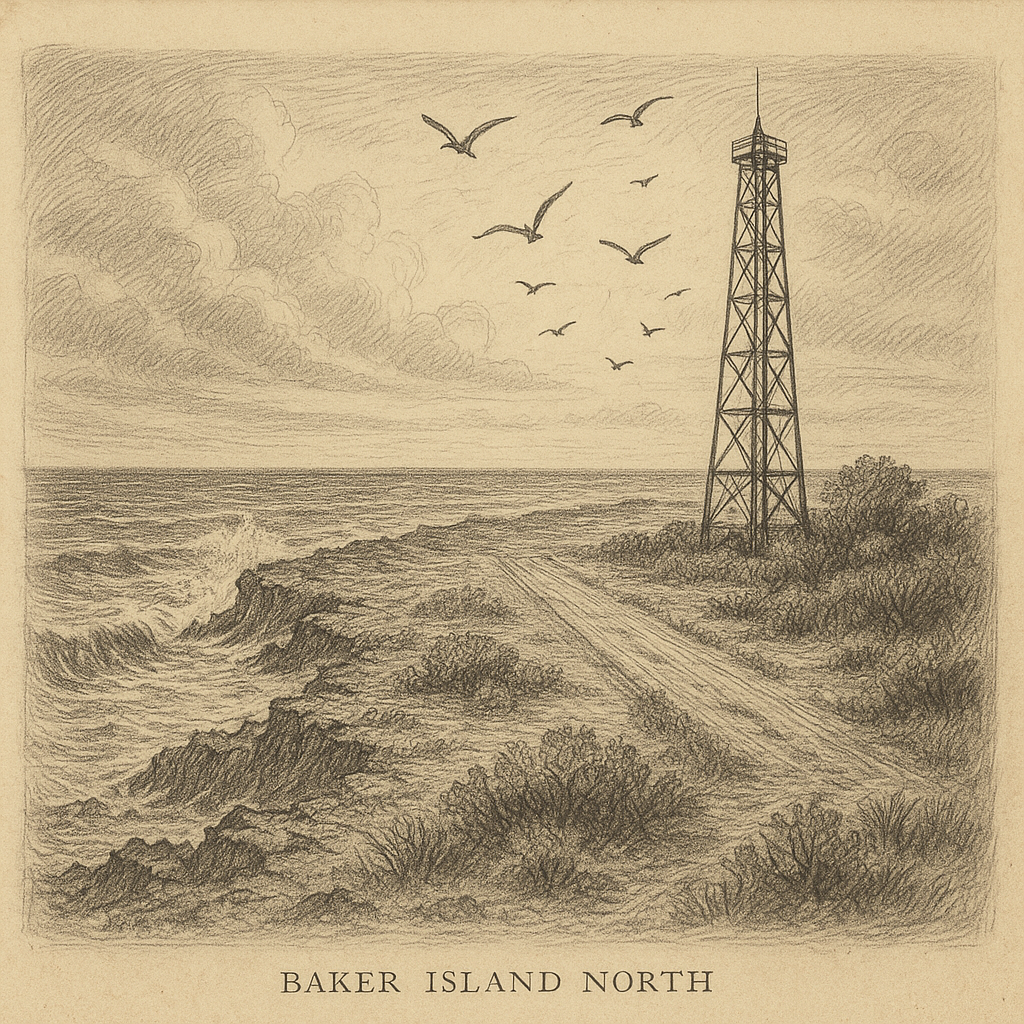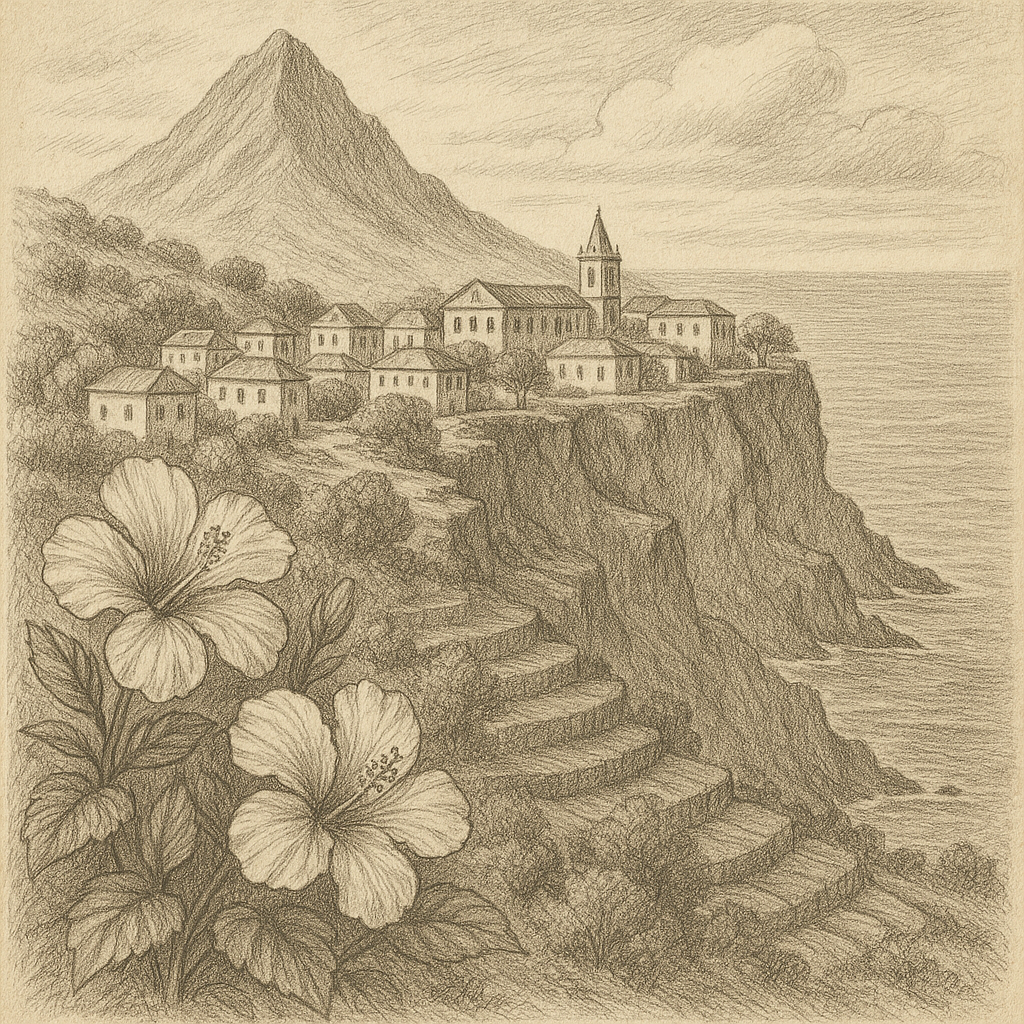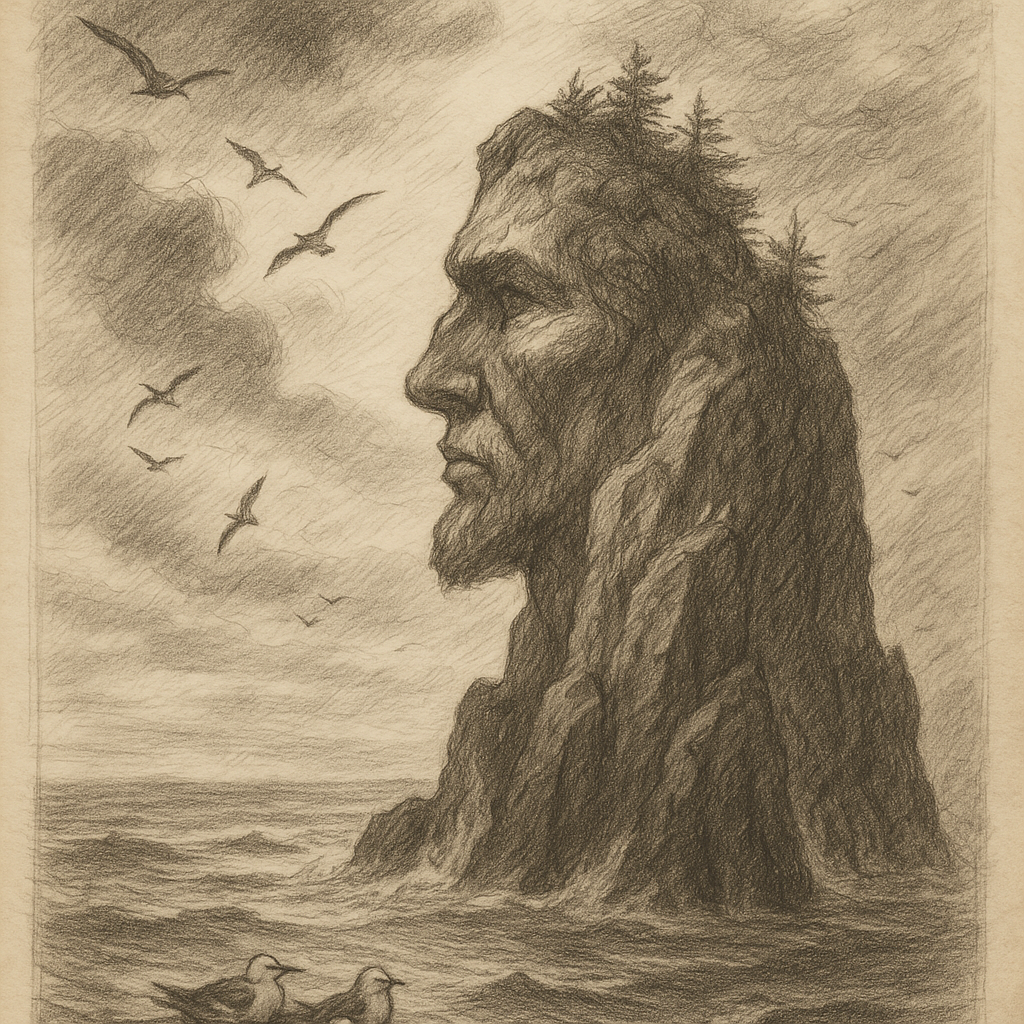Ducie Island: A Remote Gem of the South Pacific
Located deep in the South Pacific Ocean, Ducie Island is one of the most isolated and uninhabited atolls on the planet. This coral atoll forms part of the Pitcairn Islands group, a British Overseas Territory, and lies approximately 540 kilometers east of Pitcairn Island itself. Despite its extreme remoteness, Ducie Island holds ecological and historical significance that makes it a fascinating subject for exploration and study.
Geography and Location
Ducie Island sits at approximately 24°41′S 124°47′W and consists of four islets: Acadia, Pandora, Edwards, and Westward, all of which form around a shallow central lagoon. The entire atoll measures about 2.4 kilometers across and is extremely low-lying, with no land exceeding a few meters above sea level.
The island was first sighted by Portuguese explorers in the 1600s but was officially named “Ducie” in 1791 by British Captain Edward Edwards of HMS Pandora. It was named in honor of Francis Reynolds-Moreton, 3rd Baron Ducie, a Royal Navy officer at the time. Today, the island remains uninhabited and is rarely visited due to its inaccessibility and treacherous surrounding reefs.
Geological Origins
Unlike the volcanic origins of nearby Pitcairn Island, Ducie is of coral origin. It is built on a sunken volcanic base, typical of atoll formation, where coral grows around a once-volcanic island that eventually subsides beneath the ocean surface. Over thousands of years, coral reefs continue to grow upward, keeping pace with rising sea levels and giving birth to modern atolls like Ducie.
The island’s fragile geological structure is particularly vulnerable to sea-level rise and natural erosion, a critical concern in contemporary climate discussions. Over time, the pounding of the sea and shifting undersea tectonics continue to reshape the island’s features.
Climate and Ecology
Ducie Island experiences a warm tropical climate with relatively consistent temperatures year-round, averaging around 26°C (79°F). Unlike the larger and occasionally rain-soaked islands in the Pacific, precipitation on Ducie is sporadic, and fresh water is virtually nonexistent. The vegetation is sparse and mainly consists of salt-resistant plants such as grasses and low-lying shrubs.
Despite its barren appearance, Ducie Island is a critical ecological site, particularly for seabirds. It is recognized as an Important Bird Area (IBA) by BirdLife International. Massive colonies of Murphy’s petrels breed here, with estimates suggesting there may be over a million birds during peak nesting seasons. Other species include the Polynesian storm-petrel, Christmas shearwater, and several types of boobies and tropicbirds. The atoll provides an unspoiled breeding sanctuary, thanks to its isolation from human activity and the absence of invasive land predators.
Marine life around Ducie Island is equally rich. The surrounding coral reefs are teeming with a diverse range of fish, sea turtles, and invertebrates. Recent surveys have noted the presence of reef sharks, groupers, and vibrant coral assemblages. The absence of commercial exploitation has allowed these ecosystems to maintain a rare pristine quality.
Interesting Facts About Ducie Island
– Ducie Island is one of only four islands within the Pitcairn group and is the easternmost landmass in the British Overseas Territories.
– Although now administered by the United Kingdom, the island was briefly claimed by the United States under the ill-fated Guano Islands Act of 1856 due to the presence of seabird droppings, valuable as fertilizer.
– It holds the rare distinction of being coral-based, unlike nearby volcanic islands in the same archipelago.
– Due to its vast seabird colonies, the island serves as a natural laboratory for studying avian behavior and ecology.
– The surrounding reefs are considered some of the healthiest in the world due to an absence of fishing and minimal pollution.
Legends and Nautical Lore
Given its isolation and difficulty to reach, Ducie Island has attracted a fair share of maritime myths and legends. Sailors navigating across the South Pacific in the 18th and 19th centuries often reported ghostly sightings near the island during long voyages. One legend speaks of a “phantom ship” seen sailing through the mist near Ducie, disappearing without a trace. Some claimed it was the spirit of HMS Pandora, which ran aground after its attempt to capture the mutineers of the HMS Bounty.
Another tale tells of treasure hidden somewhere on the island by pirates evading capture from colonial forces. However, any treasure has never been found, and extensive modern surveys, including ecological assessments, show no physical evidence of past human settlement or buried riches.
These tales, while unfounded, add a romantic and mysterious dimension to the island’s story and have fueled interest among seafarers and occasional visitors intrigued by South Pacific lore.
Access and Conservation
Ducie Island is not only remote but also protected. Visits require special permits from the government of the Pitcairn Islands and are strongly regulated to preserve the island’s untouched ecosystems. Scientists and conservationists are among the few who are allowed to step foot on the island, primarily for research (especially ornithological studies) and ecological monitoring.
In recent years, Ducie Island and its surrounding waters have been included in the expansive Pitcairn Islands Marine Reserve—one of the largest contiguous marine protected areas in the world. This designation helps to ensure long-term protection of its fragile biodiversity, preventing fishing, mining, and commercial shipping in the surrounding zone.
A Lasting Enigma
Ducie Island is a forgotten dot in the vast Pacific Ocean but holds within its realm stories of geological marvel, natural serenity, and the whisper of maritime legends. With no human settlement and little contact with modern civilization, this atoll stands as a rare time capsule—its ecosystem largely unchanged for centuries. For scientists, explorers, and dreamers, Ducie Island offers a glimpse into a vanished world where nature still reigns supreme.


